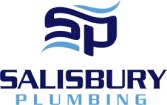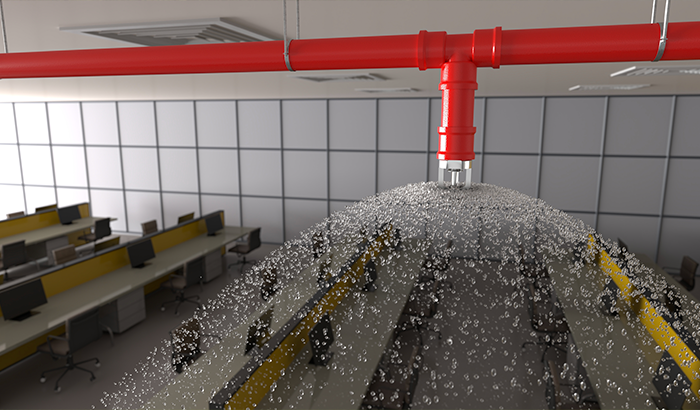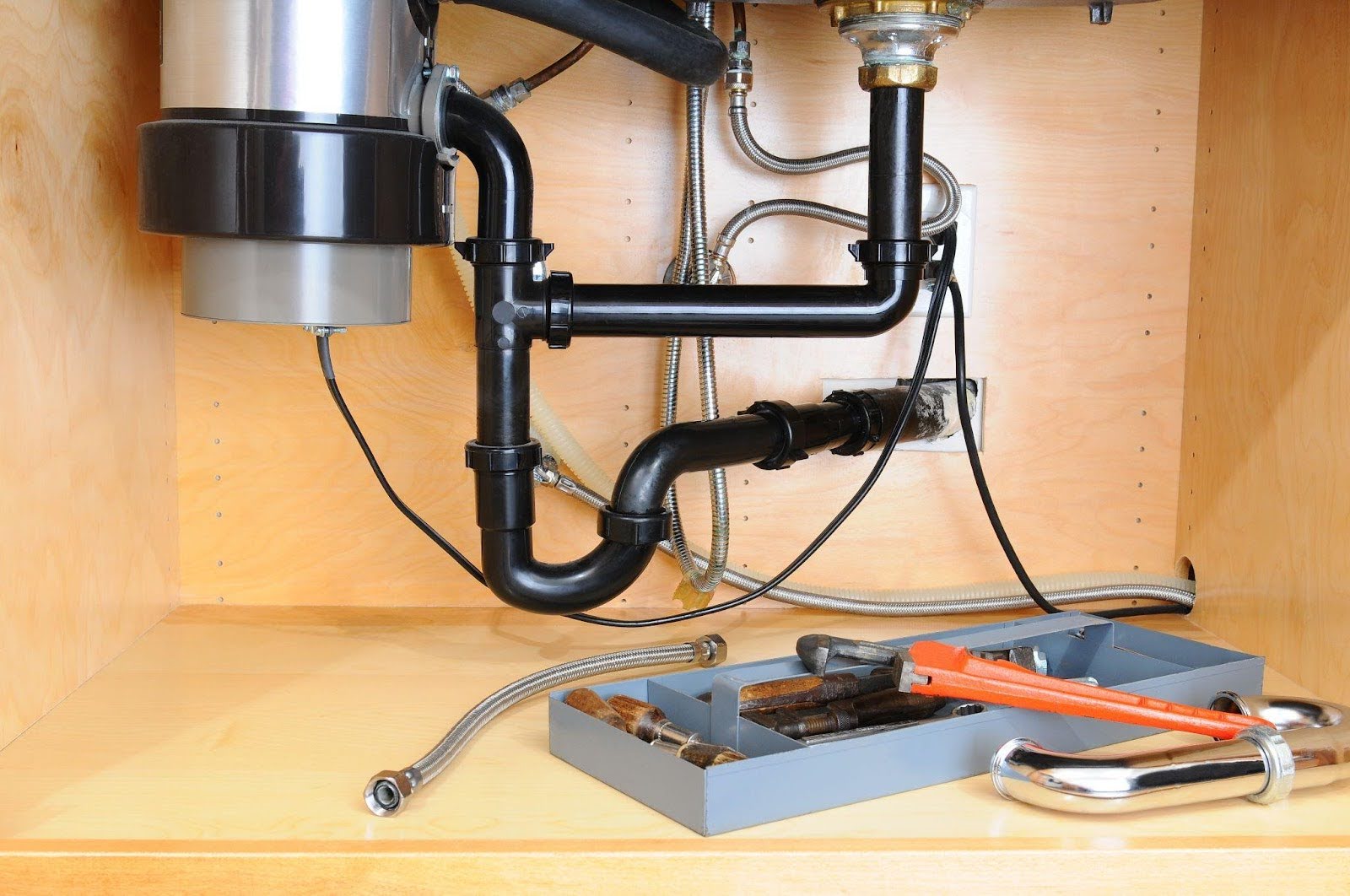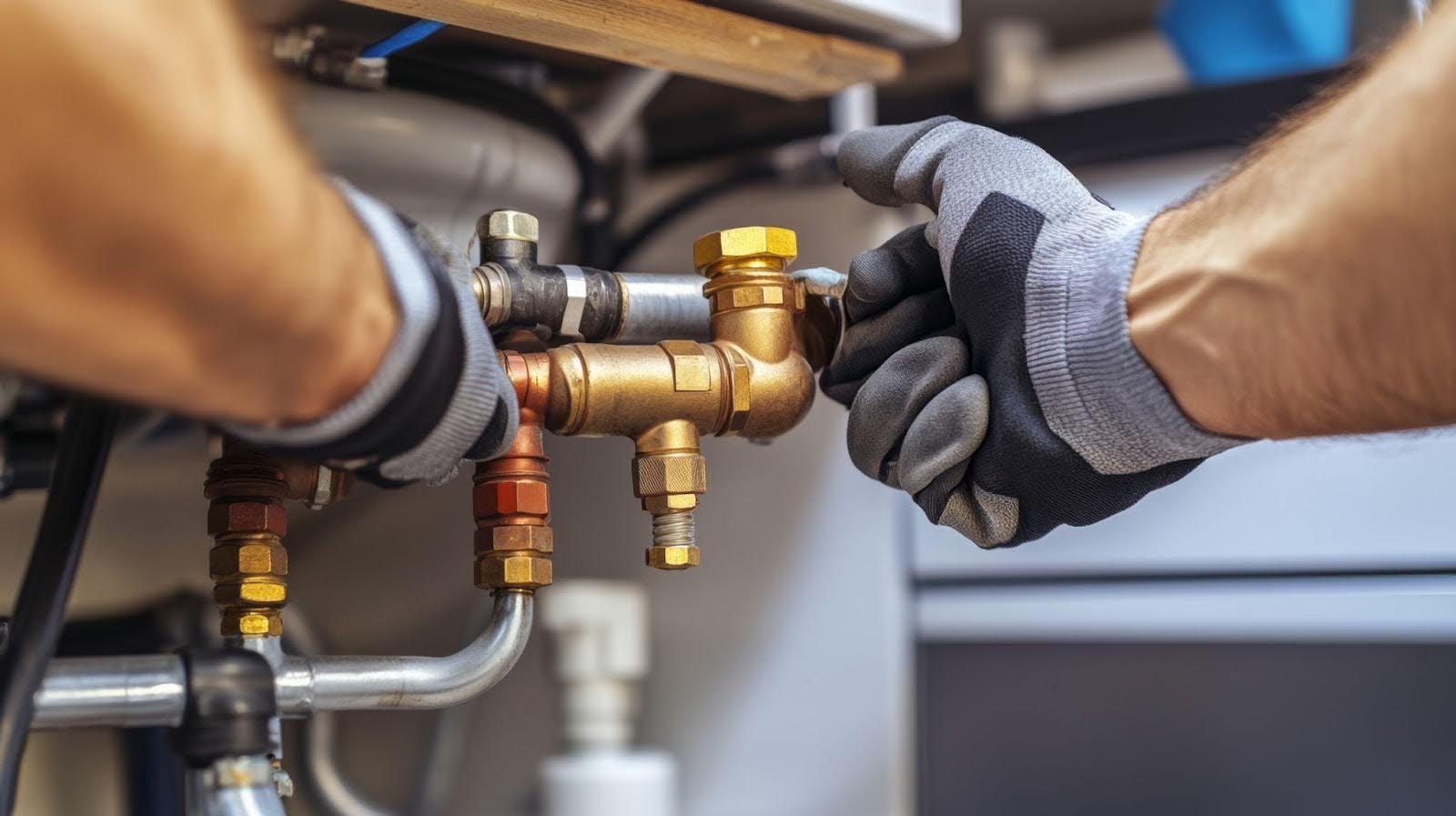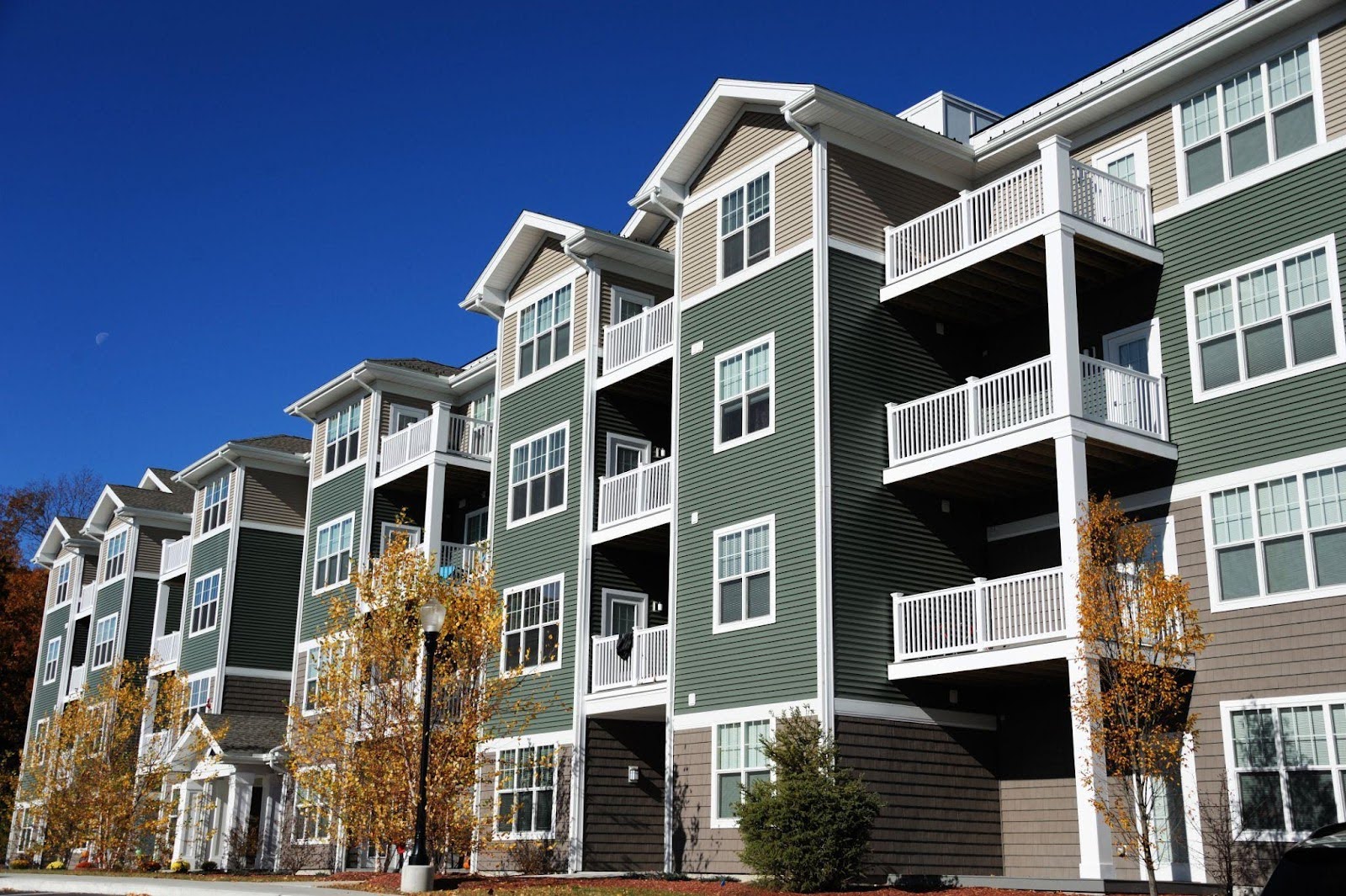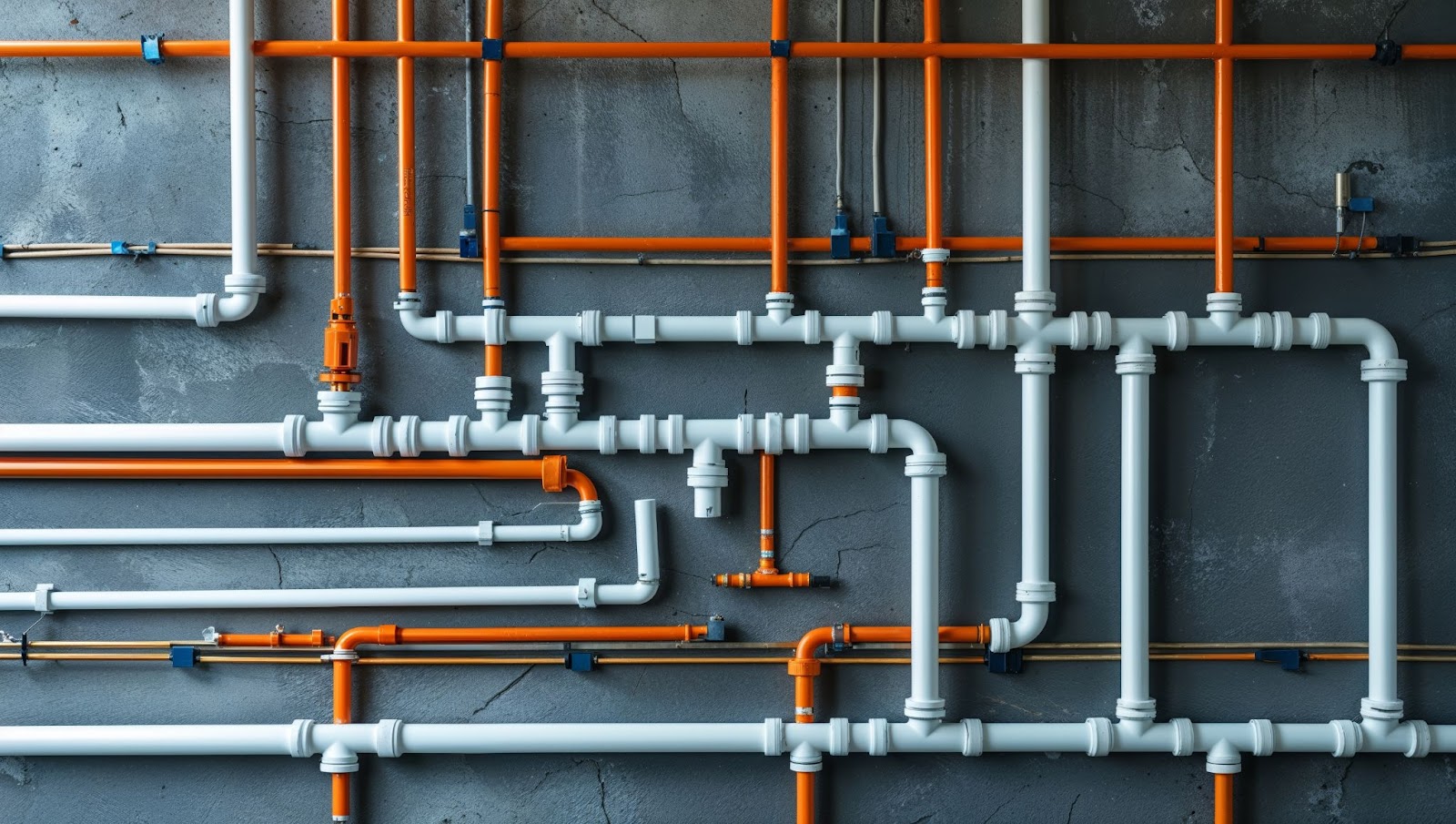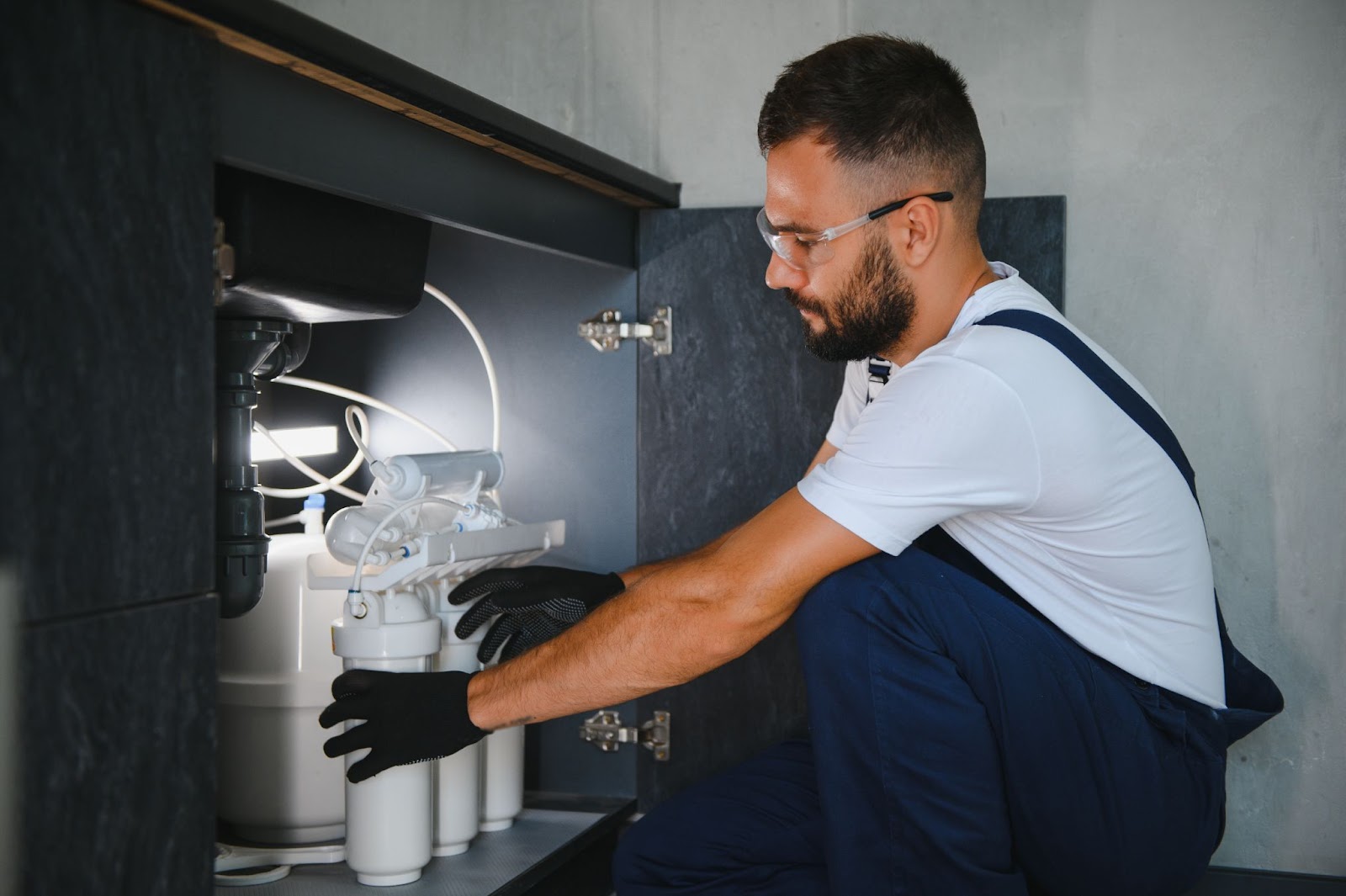Sprinkler systems are essential for enhancing safety and reducing fire damage in buildings. They automatically respond to heat from flames to protect life and property. They are crucial investments in residential and commercial settings, offering various types tailored to different needs. Each type of sprinkler system addresses specific fire safety challenges.
In this blog, we’ll explore how these systems work and their benefits, helping you select the right one for your needs. By understanding the different types of sprinkler systems, you’ll be equipped to make an informed decision that ensures compliance with legal standards and optimal protection for your property.
Understanding sprinkler systems
A sprinkler system is an integrated network of water delivery devices that automatically detects and extinguishes fires. It functions by:
- Water supply: Connecting to a reliable water source to ensure adequate flow and pressure.
- Activation: Employing heat-sensitive elements within the sprinkler heads that activate at specific temperatures.
- Distribution: Releasing and distributing water evenly from activated sprinkler heads, placed strategically across ceilings to maximize coverage and impact.
Understanding how sprinkler systems operate is vital for anyone in charge of building maintenance or safety. Knowing the intricacies of these systems helps underscore the importance of regular maintenance checks, ensuring they function effectively during emergencies.
Types of sprinkler systems
Wet pipe systems
Wet pipe systems are the most common type of sprinkler system found in residential and commercial buildings. They consist of pipes filled with water under pressure, immediately discharged through sprinkler heads when triggered by heat from a fire. The simplicity and reliability of wet pipe systems make them highly effective for general use in environments where freezing temperatures are not a concern.
Advantages
- Immediate response time to fires.
- Simplicity and reliability due to fewer components.
- Lower installation and maintenance costs.
Best applications
- Office buildings, schools, and residential properties.
- Any environment where temperatures remain above freezing.
Dry pipe systems
Dry pipe systems fill with air under pressure and hold water back using a control valve, making them ideal for environments at risk of pipe freezing, such as unheated warehouses or parking garages.
Advantages
- Provides fire protection in conditions unsuitable for wet pipe systems.
- Reduces the risk of water damage, as pipes do not contain water until activated.
Typical applications
- Cold storage facilities.
- Unheated buildings or areas are subject to freezing temperatures.
Deluge systems
Deluge systems serve high-hazard areas where there is a significant risk of rapid fire spread. Unlike conventional sprinkler systems, all the sprinkler heads in a deluge system are open, and the water is released simultaneously from all sprinklers when the system is triggered, typically by a fire alarm or smoke detection system.
Scenarios that benefit
- Fire-prone areas like chemical plants or aircraft hangars.
- Places requiring rapid response to prevent fire escalation.
Pre-action systems
Pre-action systems, similar to dry pipe systems, fill pipes with air and hold water back using a pre-action valve. This design minimizes accidental water discharge, making it ideal for areas storing sensitive equipment or valuable items.
Use cases and benefits
- Museums, libraries, and data centers.
- Reduces the risk of accidental water damage while providing effective fire protection.
Foam water sprinkler systems
Foam water sprinkler systems specialize in handling fires that water alone cannot effectively extinguish, such as those involving flammable liquids. These systems mix a foaming agent with water to form a foam that cools and coats the fire, depriving it of oxygen.
Applications and effectiveness
- Airports, oil refineries, and chemical plants.
- Highly effective in extinguishing challenging fires that involve hazardous materials.
By understanding the various types of sprinkler systems available, you are able to choose the most appropriate one for your specific needs, ensuring optimal fire safety and protection for your property.
Choosing the right system for your building
Residential considerations
When selecting a sprinkler system for your home, several key factors need to be taken into account to ensure safety and effectiveness. The size of the system is crucial; it must be capable of covering the entire area of your home without overextension.
Local building codes also significantly influence the type of system you should install, as designers craft these regulations to ensure compliance with all safety standards.
Homeowners should also consider potential water damage concerns. It’s essential to choose a system that minimizes the risk of water damage in the event of activation, which is particularly important in homes with valuable possessions or sensitive electronic equipment.
Commercial considerations
The demands on sprinkler systems for commercial properties are significantly more complex. The system’s coverage area must be extensive enough to protect all parts of the building effectively. This often means a more sophisticated setup, potentially integrating several types of systems to cover various areas of the property appropriately.
Compliance with fire safety regulations is non-negotiable; commercial buildings typically face stringent requirements to ensure the safety of all occupants. The complexity of the system also involves ensuring it integrates well with other fire prevention and control measures already in place, such as fire alarms and smoke detectors.
Decision-making process
Whether installing sprinkler systems in a residential or commercial property, it’s imperative to conduct a thorough assessment of the premises. For homeowners, this might involve consulting with a professional to understand the specific needs based on the layout and size of the home.
Commercial property owners or managers should work closely with fire safety experts who can offer insights into the most effective configurations that comply with all local regulations and standards.
Installation and maintenance
Installing sprinkler systems is a detailed process that requires precision and expertise. The installation typically starts with a comprehensive plan that outlines the layout and type of sprinkler heads needed for each area of the building.
The steps involved include mapping out the water supply lines, installing pipes and sprinkler heads, and connecting everything to a water source equipped with a control valve. Finally, the system must be thoroughly tested to ensure proper functionality and coverage.
When installing sprinkler systems, weighing the pros and cons of professional installation versus DIY is crucial.
While DIY may seem cost-effective, the complexities of a proper sprinkler system installation — such as hydraulic calculations and adherence to specific codes — generally require the skills of a licensed professional.
Professionals ensure that the system meets all safety standards and operates effectively, giving you peace of mind that they have executed the installation correctly.
Maintenance requirements
Routine maintenance is essential to ensure that a sprinkler system remains reliable and effective in the event of a fire. These tasks include inspecting and cleaning sprinkler heads to prevent clogs that could impair functionality, testing the alarms and pressure in the pipes, and checking the valves for proper operation.
It’s also important to inspect the system for any signs of damage or corrosion, which could compromise its integrity.
Scheduled maintenance ensures that the system adheres to safety standards but also identifies potential issues before they become serious problems. Regular servicing helps extend the lifespan of the system and maintains its readiness to function in an emergency.
Salisbury Plumbing
Whether you’re looking to install a new system or upgrade an existing one in your home or business, choosing a trusted partner is key to success.
Salisbury Plumbing comes highly recommended for our expertise and commitment to quality. With a deep understanding of traditional and cutting-edge sprinkler technologies, Salisbury Plumbing can provide tailored solutions that meet your specific needs.
Our team of professionals will help you navigate the complexities of installation, maintenance, and compliance with the latest safety standards, ensuring that your system is effective and up-to-date.
Reach out to Salisbury Plumbing or call 385-442-5687 to secure your property’s safety with the best sprinkler system solutions and care.
toto slot